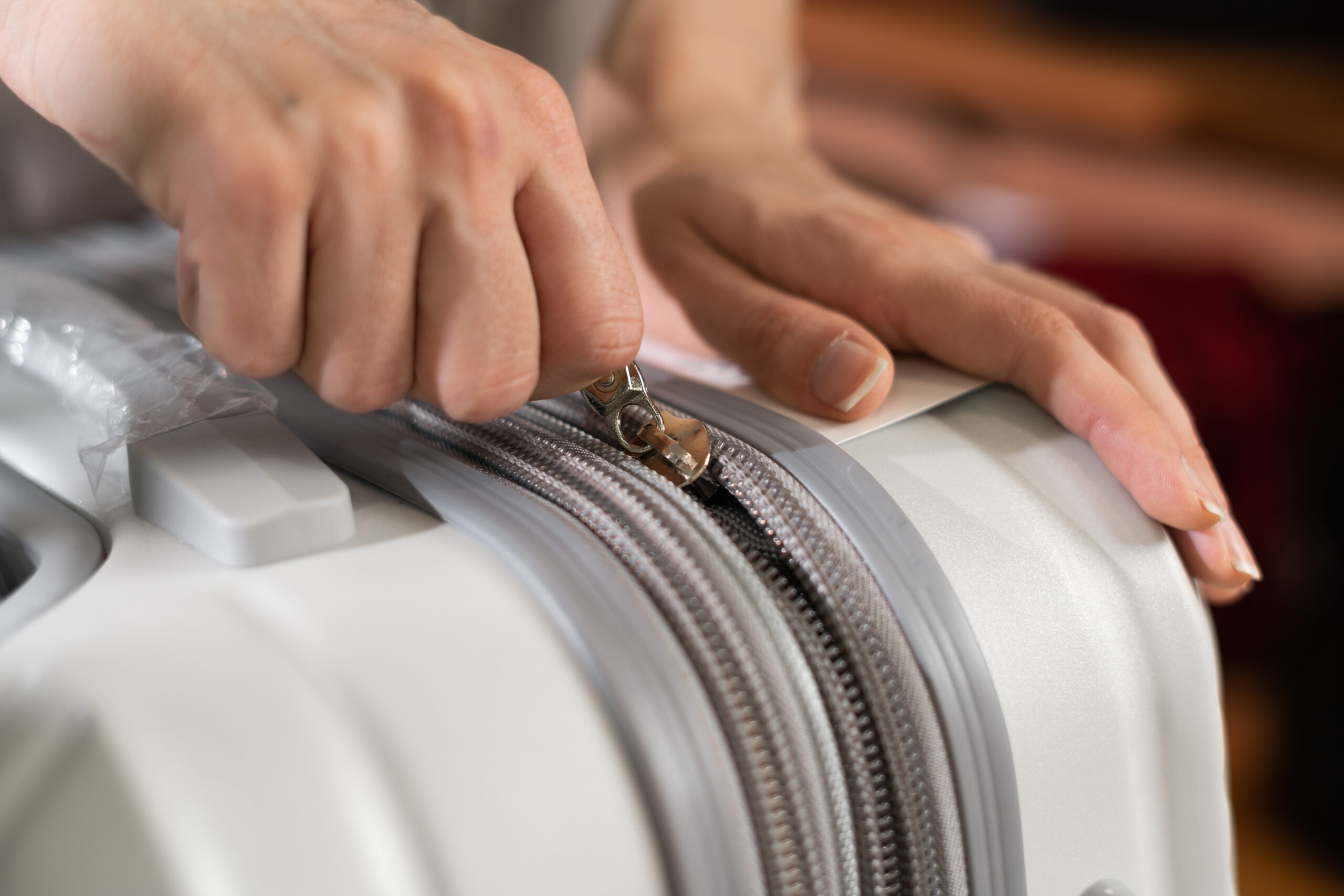When structural integrity depends on pressure retention, “water-resistant” isn’t enough. Inflatable emergency shelters, negative-pressure isolation tents, and air-frame structures need airtight, RF-weldable zippers that hold PSI through cycling and environmental stress—without stitch-hole leak paths. Lenzip’s RF-weldable line uses TPU zipper tape designed to RF or heat weld to TPU/PU/PVC (vinyl) substrates, forming uniform seams that support repeatable, pressure-rated performance for OEM builds. U.S.-owned. Minimums as low as 25 units.
Deep dives: Integrating Zippers into RF-Welded or Heat-Sealed Seams · Zipper Testing Standards
Why Airtight (Not Just Water-Resistant)
Water-resistant closures can pass rain tests yet leak under PSI from flexing, thermal swing, and fabric movement. In negative-pressure enclosures and air-frame shelters, even small leak paths undermine containment and structure. Lenzip’s RF-weldable zipper constructions eliminate stitch holes and fuse tape to the substrate, creating a continuous sealing interface that maintains PSI after repeated cycling.
Engineer takeaways
- Airtight ≠ waterproof: leak pathways appear at stitch holes and incomplete fusion under pressure.
- RF-welded TPU tapes create uniform, stitch-free seams that support repeatable pressure hold.
- For shared validation language, see How Zippers Are Tested for Strength, Corrosion & Fatigue and Zipper Load Testing Explained.
RF-Weldable Integration (TPU/PU/Vinyl)
Integration starts with substrate compatibility and a controlled weld window. Our TPU-coated polyester tapes are formulated to weld directly to common inflatable fabrics—TPU bladders, PU-coated shelter materials, and PVC/vinyl used in rapid-deployment tents. During prototyping we help you set a starting weld window (power, dwell, pressure) and dial seam geometry to hit peel/shear targets without sacrificing flexibility. From there, process control and QC lock in repeatability for production lots.
Process & QC, simplified
- Starting parameters supplied; refined during your prototype runs.
- Seam geometry guidance for strength + flexibility.
- QC plan: visual weld quality, scheduled peel/shear pulls, and leak/decay checks on assemblies.
Operator resources: RF-Seam Integration Guide.
Validated Performance (Representative Values)
Below are representative values from validated assemblies and lab reports for RF-welded, airtight zipper integrations. Final performance depends on your fabric stack-up, weld window, and closure construction; we confirm targets during prototyping and FAIs.
- Airtight rating: 0 cc/min at 8 PSI for 20 minutes, pressure-decay method on fully engaged closures.
- Burst (assembly): ≥25 PSI on builds designed to operate around 7–8 PSI; failures typically in base fabric, not the weld line.
- Cycle life: >5,000 open–close cycles under ~5 PSI without measurable leak-down or mechanical failure.
- Weld strength: Peel ≈ 55 N/25 mm on TPU-coated 420D polyester specimens (ASTM D413 style).
- Operating temperature: −40 °C to +70 °C (mil-grade builds); −20 °C to +60 °C (commercial relief builds).
- UV/weathering: ~1,000 hours accelerated exposure (ASTM G154) with <10% strength loss.
- Decontamination compatibility: Materials validated against chlorine-based disinfectants (≈5,000 ppm), hydrogen peroxide vapor, and isopropyl alcohol—relevant to medical/biocontainment SOPs.
- Negative pressure context: Isolation environments commonly target ≈2.5 Pa differential; airtight closures help maintain containment.
For method details and reporting alignment, see Zipper Testing Standards and How to Read Zipper Spec Sheets.
Components Built for Sealed Performance
The tape is part of the seal system, not just a carrier. Our TPU-coated polyester tapes combine dimensional stability with low-wick behavior, helping protect against gradual leak-down at the seam. Teeth are engineered for durable engagement, and low-profile sliders move smoothly through tunnel seams without snag risk. Hardware options include corrosion-resistant choices (e.g., stainless or zinc-free) for harsh or decontamination-heavy environments. Sizing is application-driven: smaller chains suit inner bladders and liners, while larger gauges support higher airframe loads and gloved operation.
Quick references: Zipper Gauge & Chain Size Chart · Zipper Material
Applications We Support
These airtight, RF-weldable closures are built for medical and isolation tents that run negative pressure, emergency shelters, and fabric structures that must stay rigid under wind and temperature swings, and air bladders/reservoirs and rescue inflatables where leak rates and cycle life are non-negotiable. Explore adjacent use-cases in Healthcare and Medical Soft Goods, or browse Tents and Fabric Structures. For safety-critical deployments, Safety and Outdoor Gear are useful hubs; the full list lives at Industries (alternate healthcare hub: Healthcare (alt)).
Field Maintenance (Quick Guide)
Airtight performance depends on clean interfaces and smooth operation. Rinse debris with water, brush gently, and apply a silicone-safe lubricant sparingly before re-pressurizing. Inspect weld edges, slider action, and terminations at each service interval; replace worn components proactively to preserve seal integrity. For SOP starters, use Zipper Maintenance & Care and Customer Support.
Lock Your Airtight Spec with Lenzip
Send your fabric, target PSI, temperature range, chemical exposure, and install method (in-house RF or pre-welded panels). Our engineering team will return a spec-matched zipper, an initial RF weld window (power/dwell/pressure), and a QC checklist for leak-tight builds. U.S.-owned. Minimums as low as 25 units. Request an Airtight Zipper Spec Match or explore components: Custom Zippers · Sliders · Continuous Zippers · Products

